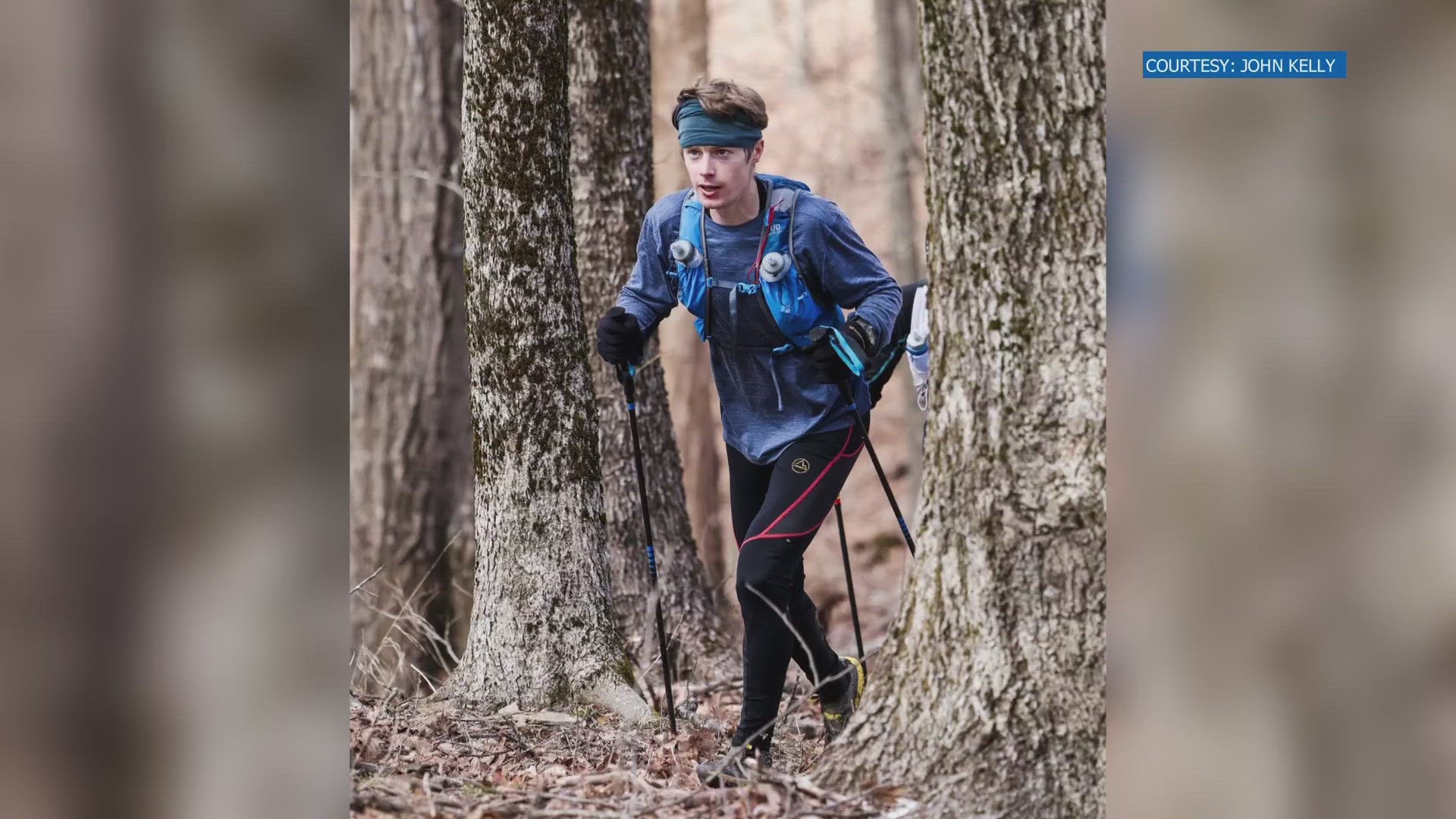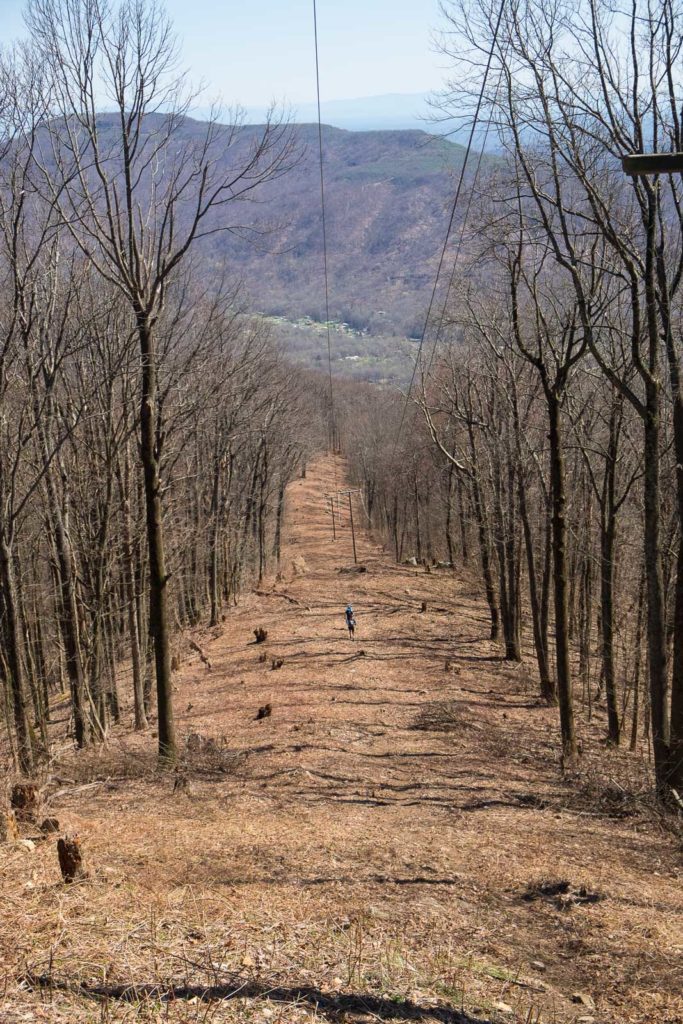The Barkley Marathon: A Unique Ultramarathon Experience
The Barkley Marathon is an ultra-endurance event held annually in Frozen Head State Park, Tennessee. Established in 1986 by Gary Cantrell, inspired by the infamous 1977 escape of James Earl Ray, the marathon has earned a unique reputation in the ultrarunning community. With a limited number of participants and an exceptionally low completion rate, the Barkley Marathon attracts runners from around the world seeking a challenging and unconventional ultramarathon experience.
The Salient Features of Barkley Marathon Rules
The Barkley Marathon rules are as unique as the event itself. The race consists of five loops, totaling approximately 100 miles (160 kilometers) in length, with each loop covering around 20 miles (32 kilometers). Participants must complete the five loops within a strict 60-hour time limit. The marathon’s self-navigation aspect sets it apart from other ultramarathons, as runners must rely on their map-reading and compass skills to navigate the challenging and often unmarked terrain.
In addition to the challenging course and time limits, participants must adhere to specific mandatory gear requirements. These items include a whistle, a headlamp, extra batteries, a map of the course, a compass, and a poncho or raincoat. The fun-loving spirit of the Barkley Marathon is further emphasized by the requirement for participants to carry a pack of cigarettes, which they must offer to the race director upon completion of each loop.
The Application Process and Selection Criteria
To apply for the Barkley Marathon, interested participants must submit an essay as part of their application. The essay should demonstrate their understanding of the event’s unique challenges and their motivation for participating. The race director, Gary Cantrell, reviews each application and selects a limited number of participants, typically around 40 runners, adding to the exclusivity and mystique of the event.
The selection criteria are not solely based on athletic performance or running resume. Instead, Cantrell looks for applicants who display a deep appreciation for the event’s history and traditions, as well as a willingness to embrace the unknown and the unconventional. The essay requirement serves as an opportunity for applicants to showcase their personality, creativity, and commitment to the spirit of the Barkley Marathon.
The Role of the ‘Unofficial’ Guides and Navigation
An essential aspect of the Barkley Marathon rules is the role of unofficial guides, or ‘safety runners,’ who accompany participants during the event. These individuals are experienced ultrarunners who have previously completed the Barkley Marathon or are familiar with its challenging course. While they are not allowed to directly assist participants in navigating the terrain, they can provide valuable guidance and advice when asked.
Navigation skills are crucial for success at the Barkley Marathon, as there are no course markings to guide participants. Instead, runners must rely on their map-reading and compass skills to navigate the rugged and often unmarked trails of Frozen Head State Park. The self-navigation aspect of the event adds to its difficulty, as participants must be entirely self-reliant and prepared to face the challenges of the Tennessee wilderness alone.
Loop Details and Checkpoints
Each loop in the Barkley Marathon covers approximately 20 miles (32 kilometers) in distance, with a total of five loops amounting to roughly 100 miles (160 kilometers). Participants face a grueling elevation gain of over 60,000 feet (18,288 meters) throughout the entire course, which is equivalent to climbing Mount Everest twice from sea level.
The Barkley Marathon features several checkpoints along each loop, which participants must reach within specific time limits. The cutoff times are strict, and runners who fail to reach a checkpoint within the allotted time are disqualified. The first loop must be completed within 12 hours, loops two and three within 13.5 hours each, and loops four and five within 13 hours each. The overall 60-hour time limit for completing all five loops is a significant challenge, as only 20 runners have ever finished the Barkley Marathon since its inception in 1986.
Participants must contend with challenging terrain and unpredictable weather conditions during the event. The course consists of rugged trails, steep climbs, and dense forests, which can be treacherous and disorienting. Severe weather, such as heavy rain, snow, or extreme heat, can further complicate the race, making self-reliance and navigation skills even more critical for success.
The Significance of the Book Hunt
An intriguing aspect of the Barkley Marathon rules is the book hunt, which adds a unique cognitive challenge to the event. Along the course, participants must locate 13 books, each placed at specific locations, and tear out a designated page as proof of completion. This task requires participants to rely on their memory and problem-solving skills, as they must remember the correct page numbers for each book while navigating the challenging terrain.
The book hunt is a nod to the event’s origins, as it was inspired by James Earl Ray’s 1977 escape from Brushy Mountain State Penitentiary. Ray reportedly used a book to mark his route during the escape, and the book hunt tradition was incorporated into the Barkley Marathon as a tribute to this historical event.
The book hunt aspect of the Barkley Marathon adds a layer of complexity to the already demanding event, pushing participants to their limits both physically and mentally. It serves as a reminder that success in the Barkley Marathon requires not only physical endurance but also mental acuity and the ability to cope with adversity.
The Emotional and Mental Toll of the Barkley Marathon
Beyond the physical demands of the Barkley Marathon, participants must also prepare themselves for the significant emotional and mental challenges that the event presents. The low completion rate, combined with the challenging terrain, unpredictable weather conditions, and rigorous cutoff times, can take a toll on even the most experienced ultrarunners.
Mental resilience is crucial for success in the Barkley Marathon. Participants must be prepared to face adversity, push through discomfort, and maintain a positive attitude even when faced with setbacks. The ability to adapt to changing circumstances and remain focused on the task at hand is essential for those hoping to complete the grueling event.
Determination and perseverance are also vital qualities for Barkley Marathon participants. The event’s unique challenges require a strong will and a relentless pursuit of one’s goals. Participants must be willing to dig deep and draw upon their inner reserves of strength and resilience to navigate the demanding course and overcome the many obstacles they will encounter along the way.
The Legacy and Impact of the Barkley Marathon
Since its inception in 1986, the Barkley Marathon has become an iconic event in the ultrarunning community, inspiring countless athletes to push their limits and redefine what is possible. The Barkley Marathon rules, with their emphasis on self-reliance, navigation, and mental fortitude, have helped shape a unique culture of camaraderie, perseverance, and resilience among participants.
The Barkley Marathon has also captured the imagination of the broader public, serving as a powerful symbol of human endurance and the indomitable spirit. The event’s challenging nature, low completion rate, and mysterious allure have inspired numerous books, documentaries, and articles, further solidifying its status as a legendary event in the world of ultrarunning.
By pushing participants to their physical and mental limits, the Barkley Marathon has played a significant role in fostering a deep sense of camaraderie and shared experience among its participants. The event has become a rite of passage for many ultrarunners, who view it as a unique opportunity to test their mettle against one of the most demanding challenges in the sport.







